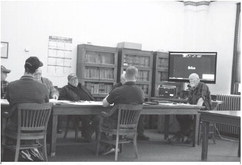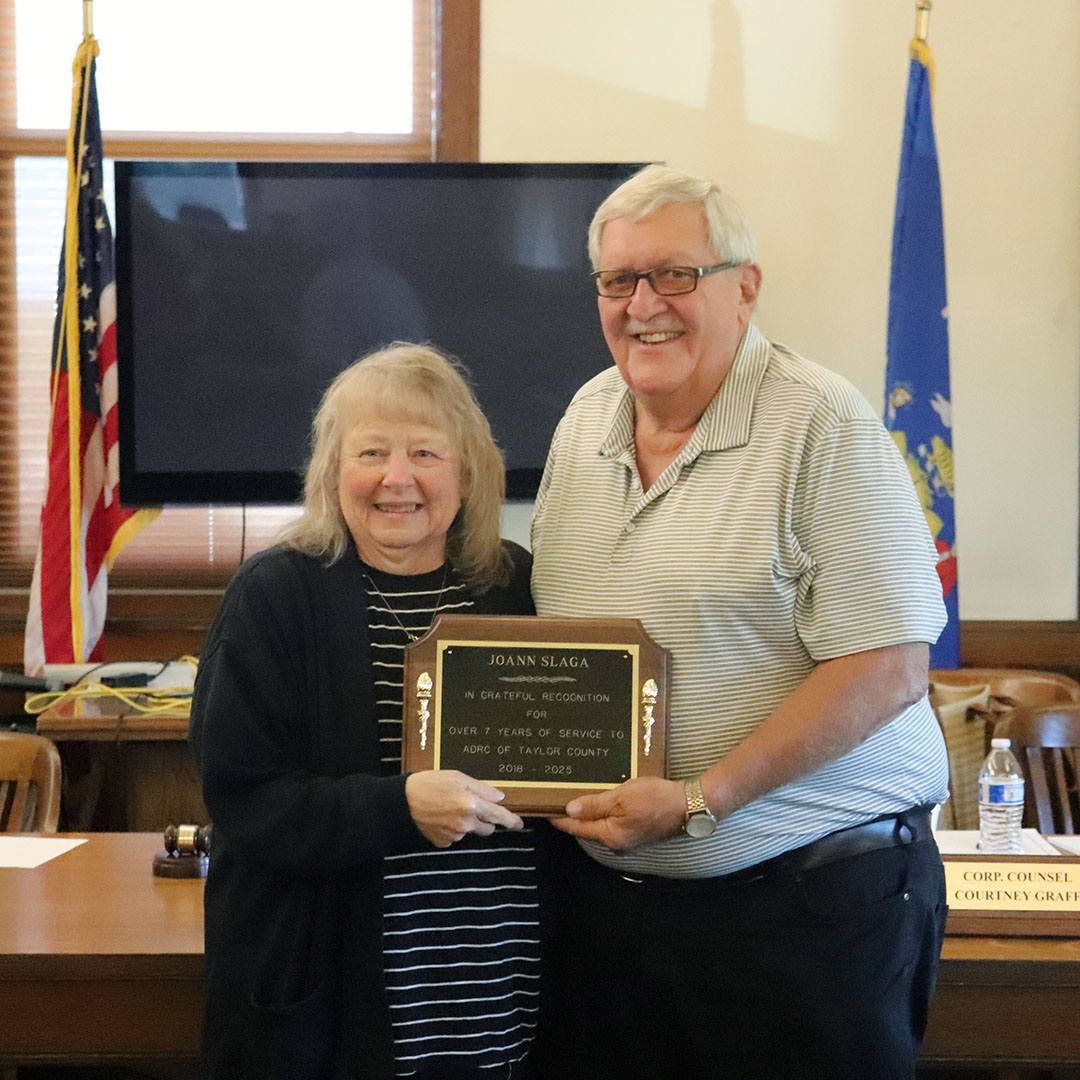Don’t change how forest revenue is handled


Taylor County supervisors need to be aware of the risk of unintended consequences when looking to make changes to how revenue from the county forest is handled.
A proposal to change how logging revenues are tracked could result in less accountability rather than more and could leave the county with fewer options when funding for bigger projects are needed.
The county forest is one of the very few areas in county government that routinely turns a profit. While many departments collect fees which help offset their operations, the county forest routinely generates revenues far in excess of its operational costs. This is a good thing, and did not happen by accident.
It took the foresight and planning from generations of forestry staff and county board leaders to get to the point where the money generated in the forest makes a meaningful contribution to county operations.
Under state forestry laws, a portion of the revenue from every tree harvested in the forest goes into a designated fund for the purchase of additional forest land. Another portion also goes to the town governments where the county forest is located to provide them revenue in place of the taxes that would be collected on the forest land if it was in private ownership.
The law leaves broad discretion to the county board to decide what to do with the remaining money generated.
In some counties, the funds generated flow directly into the general fund coffers as with taxes or any other revenues and go to fund the general operations of the county government.
Taylor County has historically taken a different approach, and one that recognizes the, at times, volatile nature of logging markets and the demand for timber. Money raised from timber sales during the year is held in the forestry accounts. During the budget process each fall, a budget is set for the forestry department including applying an amount to the department reserve to cover operational costs in the case of a bad harvest year as well as putting money aside to save for things such as dam repair and maintenance and vehicle and equipment purchase with an often large chunk going directly to the budget to reduce the overall tax levy.
The county board has routinely turned to the forest revenue amounts for one-time large expenses, such as the construction of the community center at the Taylor County Fairgrounds, to pay for the purchase of the Bauer property adjacent to the fairgrounds for additional storage areas multiple county departments, or to purchase a residence for a convicted sex offender who was released into the county with it leased back to the department of corrections.
County board members avoided placing an undue burden on taxpayers by utilizing revenues from the county forest. Each of these took specific action by the full county board and was a conscious choice on the county’s part in using the money to benefit taxpayers.
Having the revenues disappear in the black hole of the county’s general fund would make spending it easier with it being the same as any other reserves in the general fund. It would also set the county taxpayers to take a greater hit for years when logging revenues crashed. With the closure of paper mills, and weather patterns making the reliability of frozen ground harvest iffy, it is better to not have an over reliance on logging revenues to meet routine budget needs, but instead to maintain the status quo of keeping the funds in reserve for tax levy relief and special projects.
The current system works and county board members should be wary of unintended consequences of making drastic changes to it.

